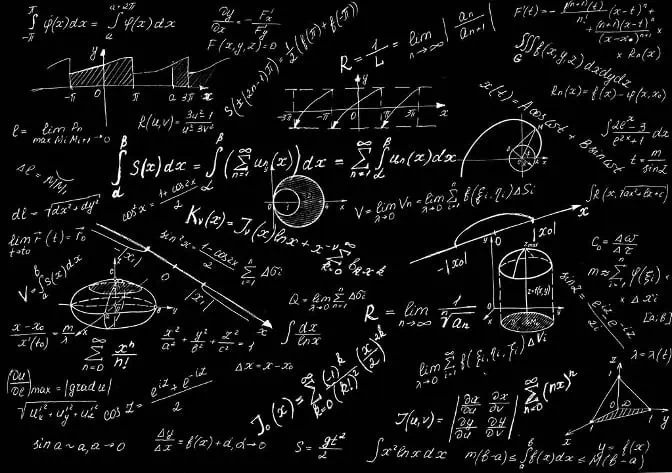H2 Physics is a fascinating and complex subject that provides students with a deep understanding of the fundamental principles of physics and its application in everyday life.
Studying H2 Physics allows students to explore topics such as motion, force, energy, electricity and magnetism, thermodynamics and quantum mechanics.
The subject also requires problem-solving skills and analytical thinking, which helps students build a strong foundation for their future studies. If you are looking for a comprehensive and reliable source of H2 Physics education, click the link: https://knowledgetap.com.sg/face-to-face-lectures/.
In this article, we will delve into the history, core principles, different types, applications, and career opportunities in the field of Physics.
History of Physics
The history of physics is a long and complex one, stretching back to ancient times. From the early Greeks to modern-day physicists, each generation has contributed something new and exciting to the field of physics.
The ancient Greeks are credited with being one of the first civilizations to attempt to explain natural phenomena through logical reasoning. Around 600 BC, Thales proposed that water was the fundamental element from which all things were composed. His theories would later be expanded upon by philosophers such as Aristotle and Plato who sought to use logic rather than superstition or religious beliefs in explaining natural phenomena.
The scientific revolution began around 1500 AD with Nicolaus Copernicus’s heliocentric model which suggested that Earth revolved around the sun rather than vice versa as previously thought. This idea spurred a further investigation into astronomy but also proved influential for other sciences such as physics which began to develop its own set of laws based on observation and experimentation rather than philosophical speculation alone.
Galileo Galilei is often credited for being one of the pioneers of this new wave of scientific thinking; his experiments with motion helped prove Copernican theory while also challenging traditional Aristotelian ideas of motion.
Core Principles of Physics
Physics is the most fundamental of all sciences as it is responsible for understanding the behaviour of matter and energy. It can be defined as the science that describes and explains the physical world around us. At its core, physics deals with basic principles that describe how objects interact with each other and how energy is transferred between them.
These core principles are essential to understanding how our universe works and form the basis for almost all scientific advancement.
The first principle of physics is Newton’s Law of Motion, which states that an object will remain at rest or in a uniform motion unless an external force acts upon it. This law explains why objects move when they are pushed or pulled by external forces such as gravity, friction, electricity, magnetism, etc., and also why they remain stationary when those forces are not present.
This law provides a basis for calculating kinetic energy (the amount of energy possessed by an object due to its motion) as well as potential energy (the amount of stored energy within an object).
The second principle is Conservation Laws which states that in any isolated system (one not affected by outside sources), mass energy can neither be created nor destroyed but instead can only be transferred from one form to another.
This means that if you have a certain amount of energy in a system, that amount of energy will remain constant no matter how it is transferred between objects. This principle forms the basis for many other physical laws and helps us to understand how energy is conserved in all types of physical systems.
Different Types of Physics
Physics is a branch of science that studies the fundamental laws of nature, such as gravity and motion. Physics is used to explain phenomena in all areas of life, from the behaviour of atoms to how stars form. There are many different types of physics, each with its own set of laws and theories. This article will explore some of these different types and their applications.

